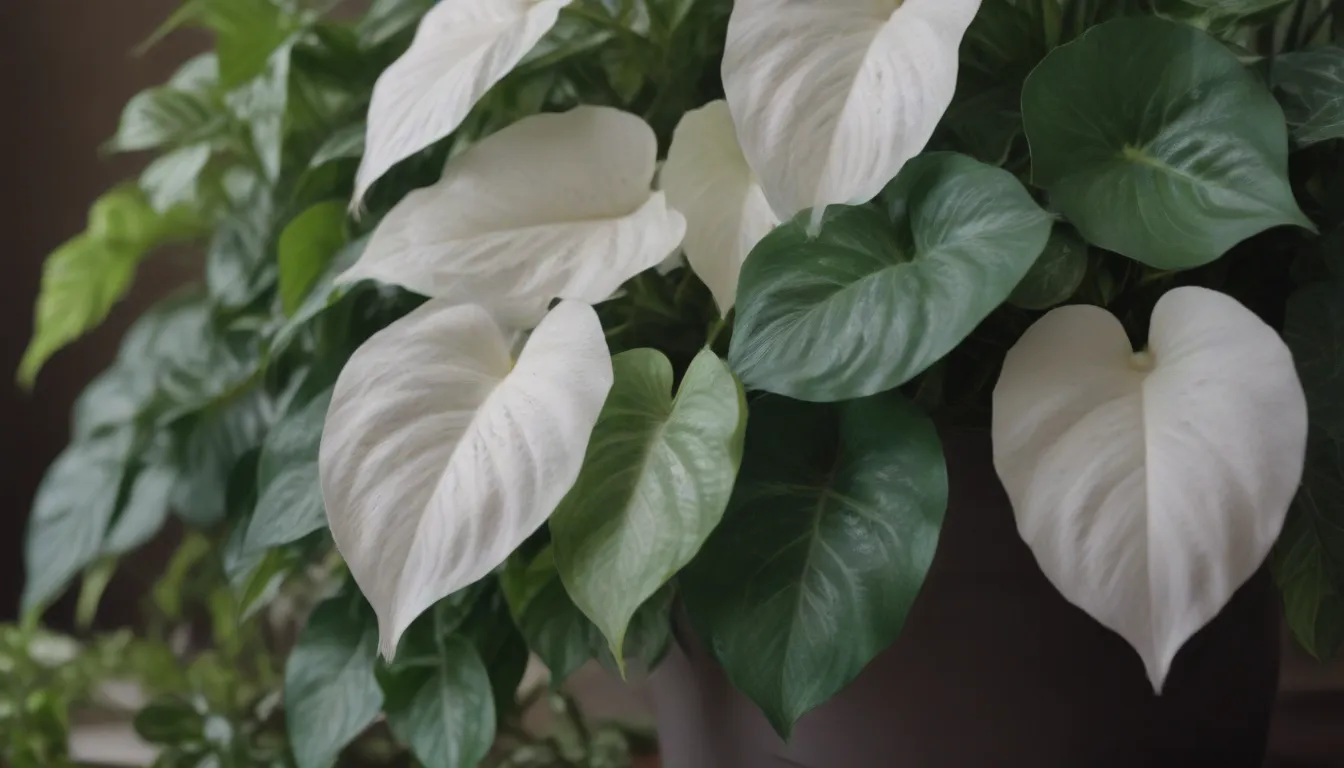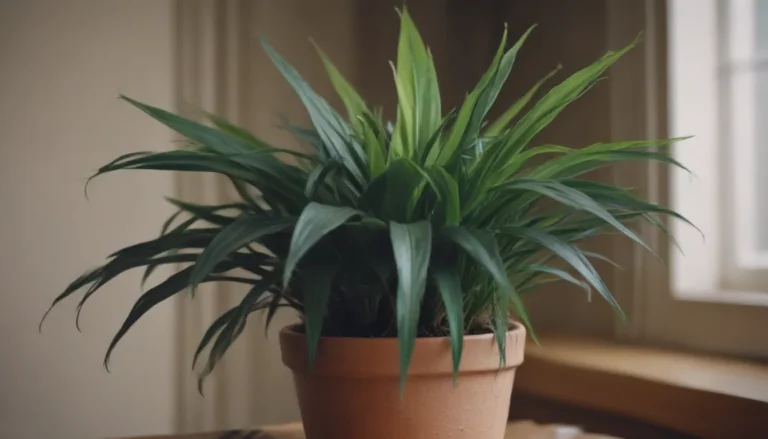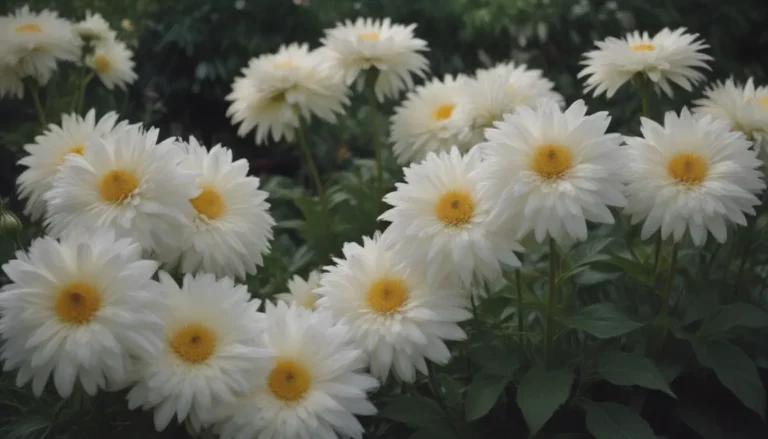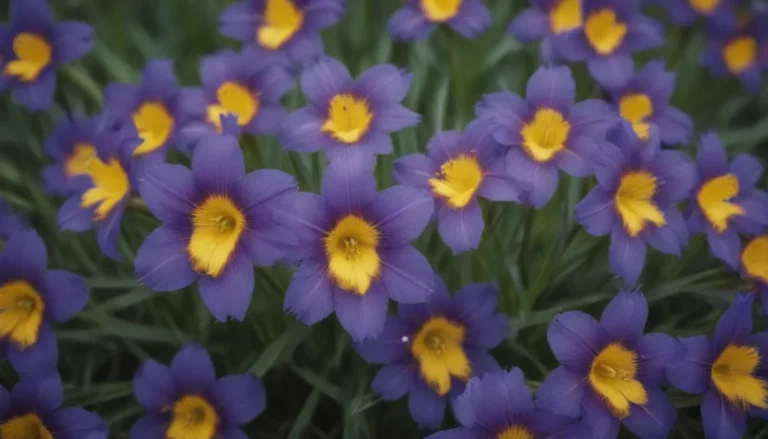Snow Queen Pothos: A Comprehensive Guide to Growing and Caring for this Stunning Houseplant

Are you looking to add a touch of elegance to your indoor jungle? Look no further than the Snow Queen Pothos! This beautiful vining plant is a favorite among plant enthusiasts for its highly variegated white and green leaves that add a pop of color to any space. In this in-depth guide, we will explore everything you need to know about growing and caring for your Snow Queen Pothos.
What is a Snow Queen Pothos?
Before we dive into the care requirements for the Snow Queen Pothos, let’s take a closer look at this stunning plant. The Snow Queen Pothos, also known as Epipremnum aureum, is a popular variety of vining houseplants that belong to the Pothos family. Often confused with the Marble Queen Pothos, the Snow Queen Pothos can be distinguished by its highly variegated white and green leaves, which are more white than the Marble Queen cultivar.
Snow Queen Pothos Care Requirements
Now that you know a bit more about the Snow Queen Pothos, let’s explore the main care requirements for this beautiful plant.
Light
While many Pothos plants can thrive in low light conditions, the highly variegated Snow Queen Pothos requires plenty of bright, indirect light to maintain its white variegation. Be cautious of direct sunlight as it can burn the leaves. If you notice the white variegation fading, consider moving your plant to a brighter spot.
Soil
The Snow Queen Pothos thrives in moist but well-draining soil. To prevent root suffocation, it’s best to use a mix of ⅓ perlite and ⅔ indoor potting soil to create an airy and well-draining potting mix.
Water
Allow the soil to dry out slightly between waterings, then water your Snow Queen Pothos thoroughly. Soft, drooping leaves signal that the plant is thirsty, but you don’t have to wait for this sign before watering. Snow Queen Pothos can handle a bit of neglect and will bounce back if you forget to water it occasionally.
Temperature and Humidity
Snow Queen Pothos thrives in warm, humid conditions with temperatures ranging from 65 to 85 degrees Fahrenheit. While it can be grown outdoors in USDA zones 10 to 11, it is best suited as a houseplant. Ensure that your plant receives adequate humidity to prevent crispy leaf edges.
Fertilizer
Feed your Snow Queen Pothos a balanced liquid fertilizer once a month during the spring and summer months. Avoid fertilizing during the fall and winter when the plant is dormant.
Pruning and Propagating Snow Queen Pothos
While pruning is not necessary for the health of your Snow Queen Pothos, it can help control the size and shape of the plant. Pruning encourages growth closer to the base, creating a fuller-looking plant. Use clean scissors or pruning shears to trim long vines, which can also be used for propagation.
Snow Queen Pothos is easy to propagate through stem cuttings. Take cuttings during the growing season and plant them in soil to create new, bushier plants.
Potting and Repotting Snow Queen Pothos
The Snow Queen Pothos only needs to be repotted when it has outgrown its current container, which may occur every two to three years. Choose a pot only slightly larger than the previous one to prevent overwatering issues. Repot your plant in the spring or early summer when it’s actively growing.
Common Pests and Plant Diseases
Keep an eye out for common houseplant pests such as mealybugs, scale, aphids, and spider mites, which can affect your Snow Queen Pothos. Prevent pests by regularly inspecting your plant and isolating it if necessary. Avoid root rot by ensuring your plant isn’t overwatered.
Common Problems with Snow Queen Pothos
While Snow Queen Pothos is generally low-maintenance, it can develop issues if its light or moisture levels are off. Here are some common problems you might encounter:
Browning Leaves
Brown, crispy leaves indicate a lack of moisture. Adjust watering and humidity levels to prevent further damage.
Yellow Leaves
Yellow leaves can be caused by underwatering, lack of sunlight, or root rot. Evaluate your plant’s environment to determine the cause.
Curling Leaves
If leaves are curling, your plant may be underwatered. Water thoroughly to revive it.
Losing Variegation
Loss of variegation is often due to insufficient light. Ensure your Snow Queen Pothos receives bright, indirect light to maintain its vibrant coloring.
In conclusion, the Snow Queen Pothos is a stunning addition to any indoor plant collection. With proper care and attention to its specific needs, you can enjoy a thriving and beautiful Snow Queen Pothos in your home. Remember to provide adequate light, water, and humidity for optimal growth. Happy planting!





